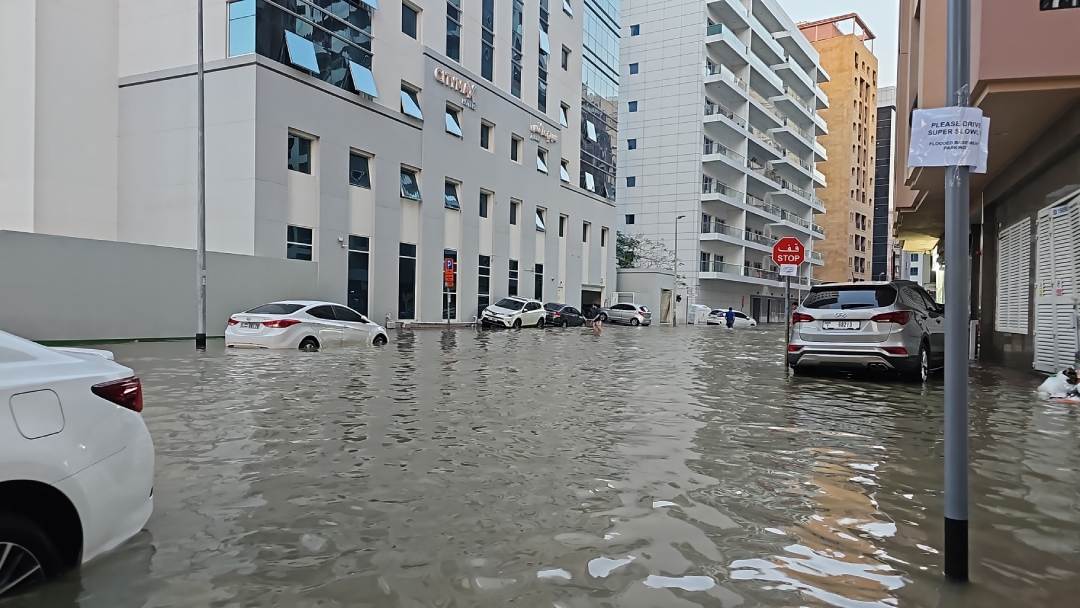Dubai Flood: Is It Climate Change or Cloud Seeding?
While the exact cause remains under debate, several factors likely contributed to the extreme weather event including climate change.
Dubai received a staggering 25 cm (10 inches) of rain in just 24 hours, surpassing its typical rainfall for nearly two years. This historic downpour has caused widespread disruption, flooding major highways, grounding flights, and inundating homes and businesses.
While the exact cause remains under debate, several factors likely contributed to the extreme weather event:
Large Storm System: Experts point to a powerful storm system traversing the Arabian Peninsula as a key driver of the heavy rain. This system is also bringing unusually wet weather to neighbouring Oman and parts of Iran.
Warm Waters and Thunderstorms: Climatologist Colin McCarthy attributes the heavy rainfall to intense thunderstorms forming over the warm waters of the Persian Gulf.
Climate Change: Climatologists like Friederike Otto believe human-induced climate change likely intensified the rainfall.
Cloud Seeding: A Potential Contributor?
The UAE, including Dubai, has actively pursued cloud seeding since the 2000s to address water scarcity concerns. This technique involves dispersing chemicals and tiny particles, like salt, into clouds to encourage rain formation.
While the UAE’s National Center of Meteorology deployed cloud-seeding planes during the storm, some meteorologists question its definitive role. Dust storms are common in Dubai, and these dust particles themselves can act as condensation nuclei, potentially influencing rainfall patterns. It’s difficult to isolate the specific contribution of cloud seeding in this instance.
The UAE’s cloud seeding program aims to bolster water security, replenish groundwater reserves, and enhance food production and tourism. However, concerns remain about the potential for unintended consequences.
Flooding Risks: While cloud seeding can be beneficial in dry regions, it can also exacerbate flooding risks, as witnessed in Dubai.
Limited Research: The long-term effectiveness and potential environmental impacts of cloud seeding require further study.
Climate Change: A Looming Threat
Beyond the immediate storm, Dubai faces a more significant long-term threat: climate change. Rising sea levels, increased water scarcity, and disruptions to agriculture are just some of the potential consequences the UAE may experience.
The recent flooding serves as a stark reminder of the vulnerability of coastal cities like Dubai to extreme weather events. Moving forward, the UAE will need to adapt its infrastructure and water management strategies to cope with a changing climate.
Read More
UAE Augments Commitment to Climate Action: A Leap Towards Sustainable Future

